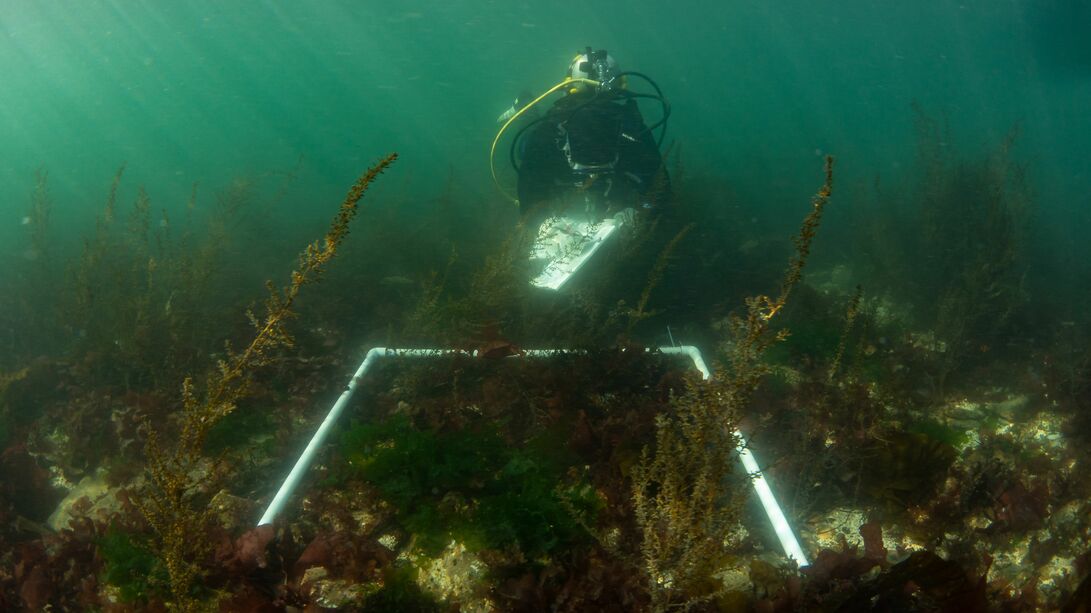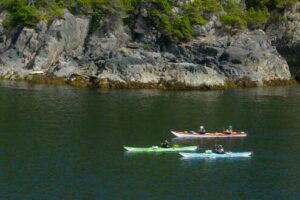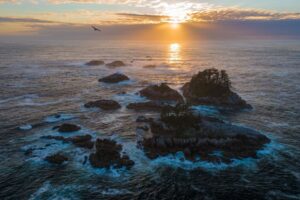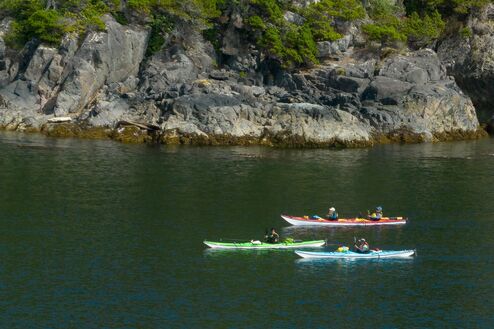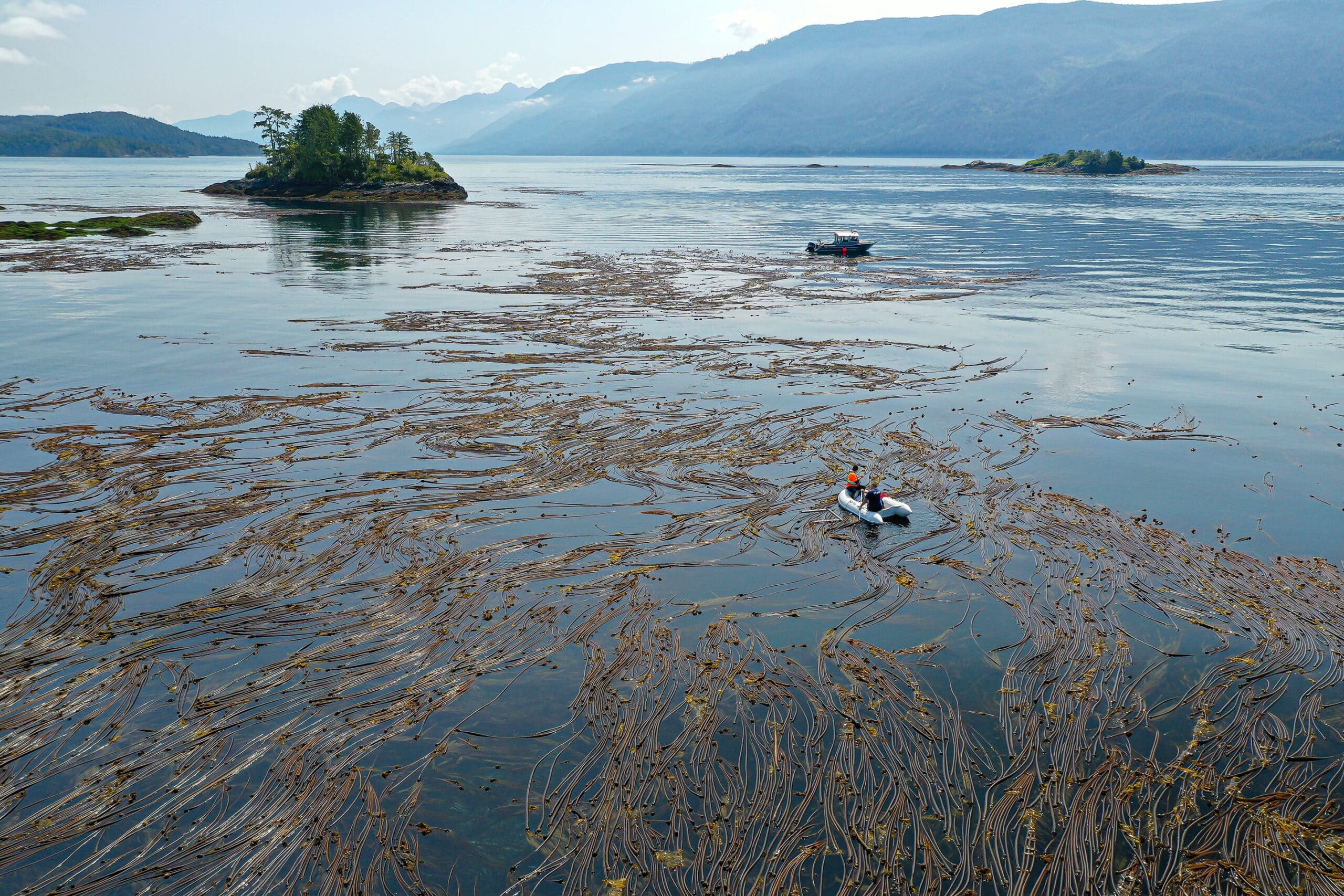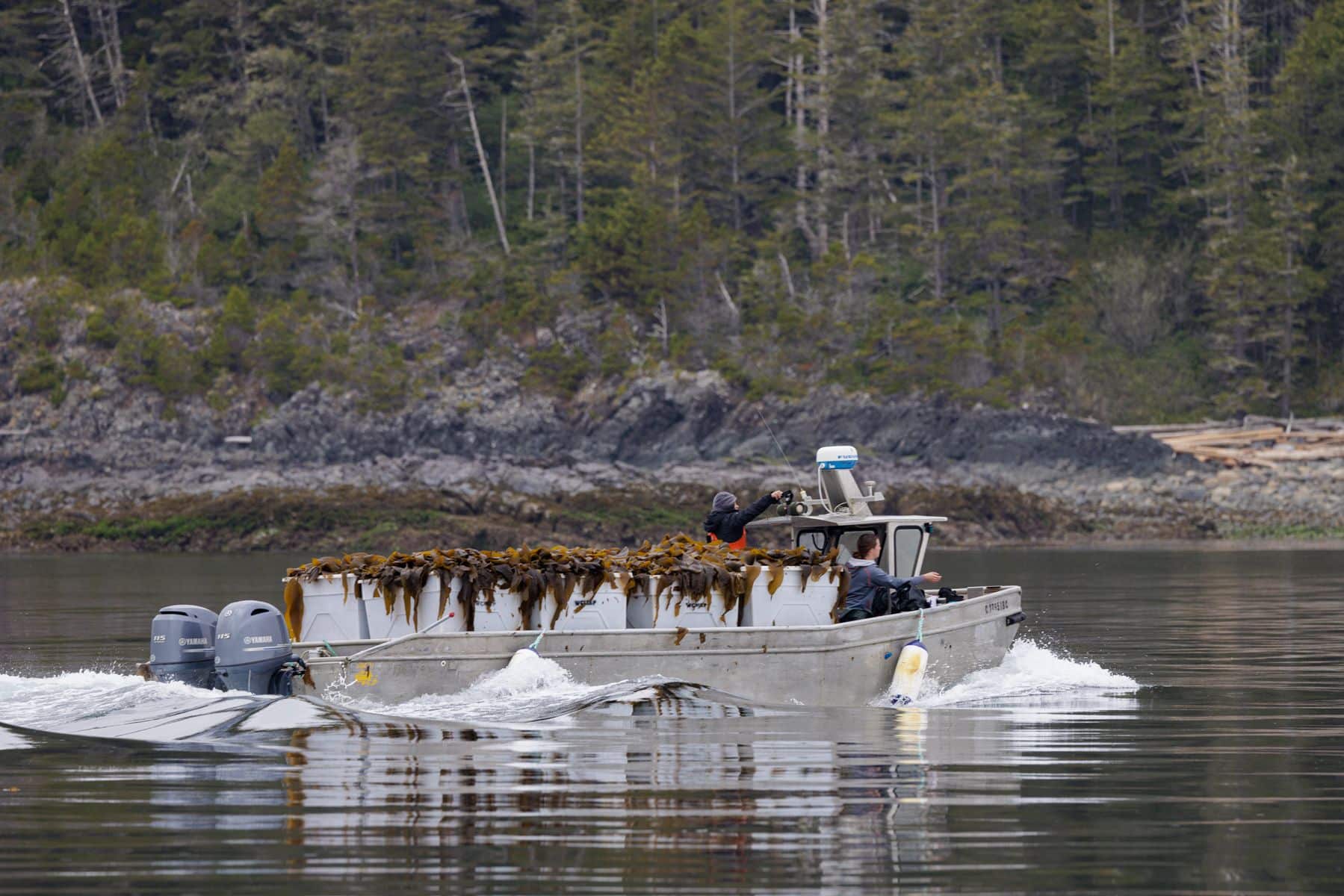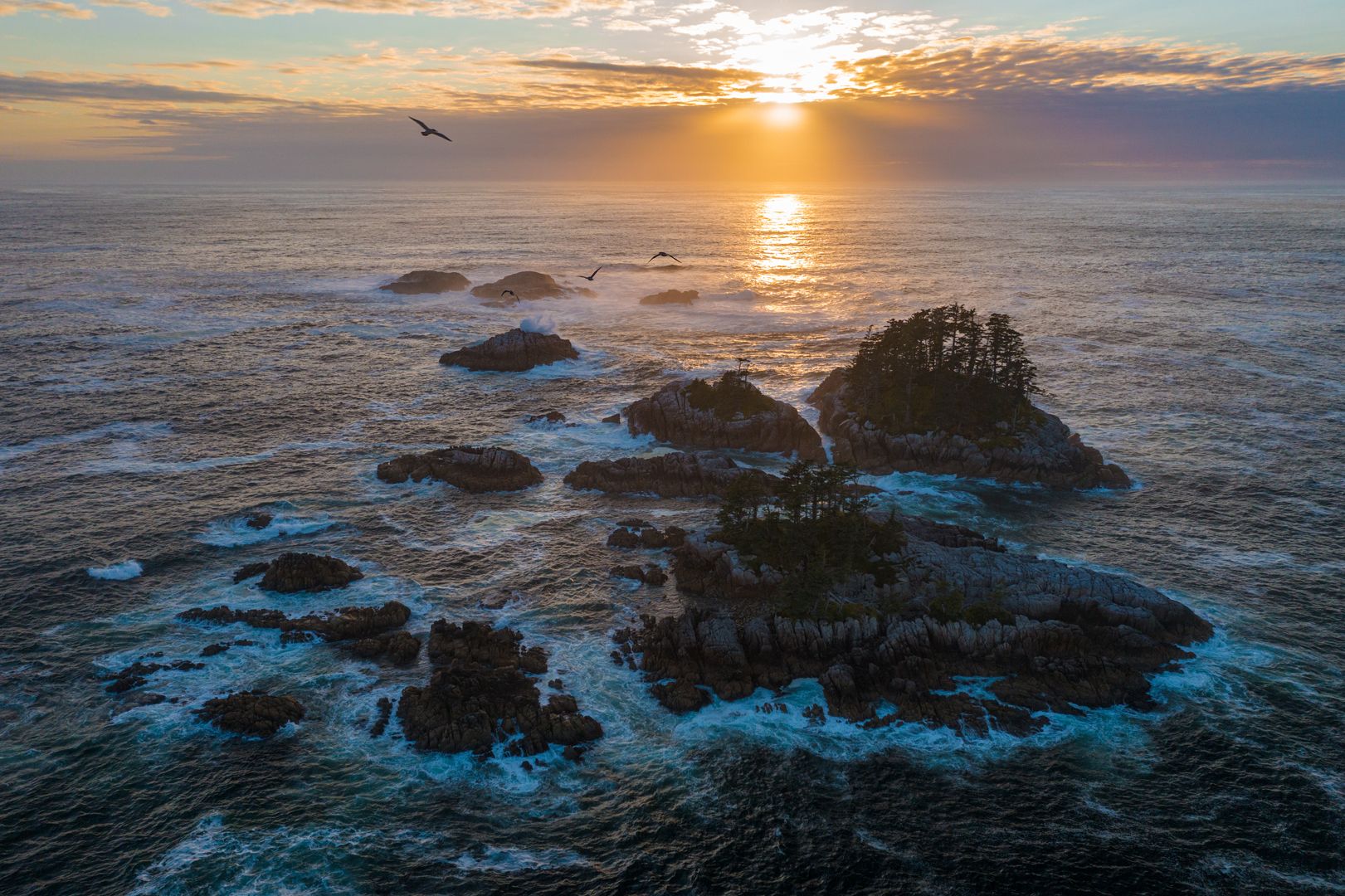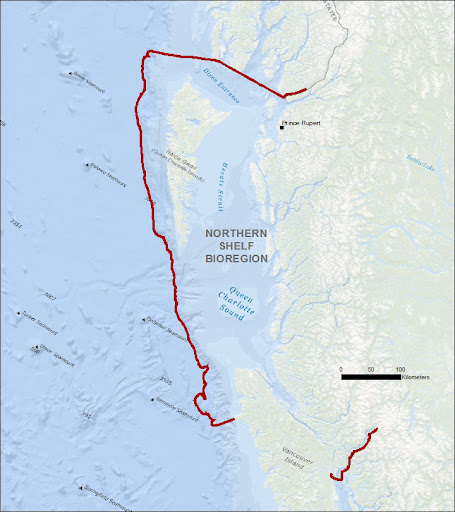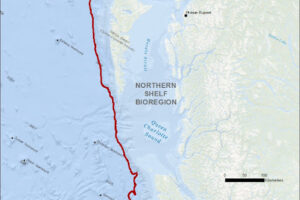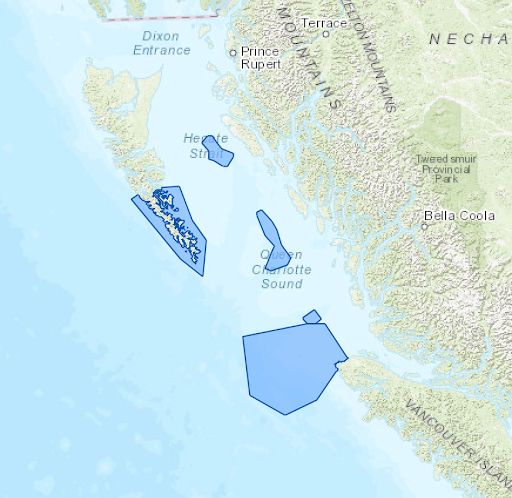Great Bear Sea

Photo: Lichen, Troy Moth, Salmon Beyond Borders. Tahltan lands and waters.
Now it’s time for us all to connect the dots. We’ve seen MPA networks work in other parts of the world; now it’s BC’s turn to level up for our coast. By adding many smaller protected areas to neighbouring hotspots, the network can link important marine habitats. The benefits of a single MPA will spillover and amplify beyond the protected borders. MPA networks are more comprehensive and safeguard ocean biodiversity more effectively than individual sites.
Share your Support for Canada’s First MPA Network
Right now we need your help to share support for the completion of the network of marine protected areas. MPAs and networks provide refuge for ocean life to thrive and also benefit people by supporting sustainable industries, local economies, and coastal communities.
Tell the MPA Network partners that the network must have strong protections and meet minimum standards to support both the people and marine life who depend on these waters.
There will be public webinars, open houses and online surveys. Please visit MPAnetwork.ca to learn how you can share your support for the MPA network.
Resources
Partner website
Learn more about the Great Bear Sea by visiting: ourgreatbearsea.ca
Learn More
Check out our Site by Site series on the Great Bear Sea Marine Protected Area Network

